Cyber Essentials and Cyber Essentials Plus are government-backed cyber security certifications aimed at encouraging organisations to adopt good practices in information security.
Cyber Essentials certification focuses on five fundamental technical controls that organisations should implement to secure themselves against online threats – firewalls, secure configurations, user access control, malware protection and security update management. By obtaining Cyber Essentials certification from Ascentor, your organisation demonstrates that it has taken the basic steps necessary to protect information and systems from cyber threats.
Cyber Essentials Plus takes this a step further. While it maintains the same core principles, the Plus certification involves an independent examination of the organisation’s security controls by a certified Ascentor assessor. This ensures that the controls are effectively implemented, providing an additional level of assurance.
Cyber Essentials assures customers and stakeholders that your organisation takes cyber security seriously and has implemented recognised controls to protect against common threats. This can enhance the business’s reputation and build trust with customers.
Cyber Essentials can open up new business opportunities – many government contracts require Cyber Essentials certification, and private sector organisations are looking for certification in their supply chains. Achieving certification helps businesses to review and improve their cyber security practices. This can help to avoid falling victim to cyber attacks, protecting operations, finances and reputation.
So far, over 120,000 certificates have been awarded to various entities, including businesses, charities, educational institutions, and other organisations. Since 2014, Ascentor has been offering Cyber Essentials services, certifying over 650 organisations through our tailored approach, extensive knowledge base and many years of experience. We ensure our assessors stay informed about all changes to the scheme, equipping them to provide the best advice and guidance for your business certification. Our dedicated service team is readily available to assist throughout your journey with Ascentor.
Cyber Essentials is comprised of two certification levels
An independently verified self-assessment certification designed to provide a statement against the basic controls your organisation must have in place to mitigate the risk from common cyber threats.
| Organisation type | Employees | Unsupported | Supported |
|---|---|---|---|
| Micro | 1 to 9 | £320 | £750 |
| Small | 10 to 49 | £440 | £850 |
| Medium | 50 to 249 | £500 | £950 |
| Large | 250+ | £600 | £1,000 |
An independent physical test of your controls conducted by a Cyber Essentials Plus certified assessor from Ascentor. The tests cover email, antimalware, web applications, operating systems and SaaS services identified within the Cyber Essentials scope.
| Options | Unsupported | Supported |
| Prices from* | £1,500 | £2,700 |
Ascentor offers a comprehensive solution that supports certification for both Cyber Essentials and Cyber Essentials Plus, with a lower cost to obtaining both certifications.
| Options | Unsupported | Supported |
| Prices from* | £1,850 | £3,250 |
* Prices vary based on number of devices, servers, and cloud services in scope
Our dedicated service team will guide you in choosing the right certification for your needs. We offer Cyber Essentials, Cyber Essentials Plus, or a combination of both.
We offer two types of packages for your Cyber Essentials or Cyber Essentials Plus certifications:
Supported Package – Our supported package provides specialist advice and guidance on the Cyber Essentials requirements and how to implement the requisite controls for the certification standard. With support available throughout your assessment, this option is suitable for those less confident about the assessment or new to the certification process.
Unsupported Package – The unsupported package is designed for organisations renewing a previous certification or with a clear understanding of the Cyber Essentials requirements. Ascentor will provide a login for the Cyber Essentials questionnaire, which you will submit to one of our assessors for evaluation after completing all the questions.

We leverage years of experience in cyber security to deliver comprehensive packages tailored to your needs.

We're certified in ISO 9001:2015, Cyber Essentials Plus, IASME Gold and are a Crown Commercial Service Supplier.

We're members of the Chartered Institute of Information Security (CIISec). CREST and Cyber Scheme Registered Pentesters.

We stay ahead of the curve, consistently updating our services to handle the rapidly evolving landscape of cyber threats.

We work closely with clients, fostering partnerships to better understand and address your cyber security needs.

We offer pragmatic, accessible packages that balance security needs with the realities of your operational requirements.